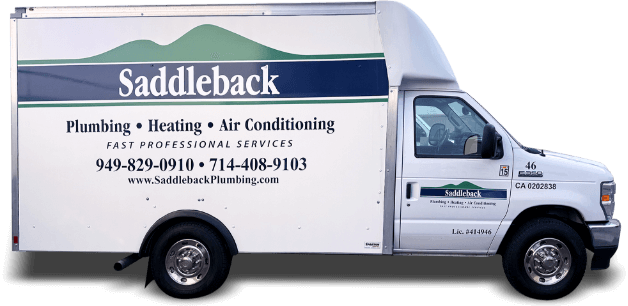Why Matching Coils are Important to Air Conditioning Systems
August 6th, 2012Within our air conditioning systems the evaporator coil and condenser coil work together to cool our indoor air. Because whole building AC systems tend to use split systems with an outdoor condenser unit and an indoor evaporator unit…

